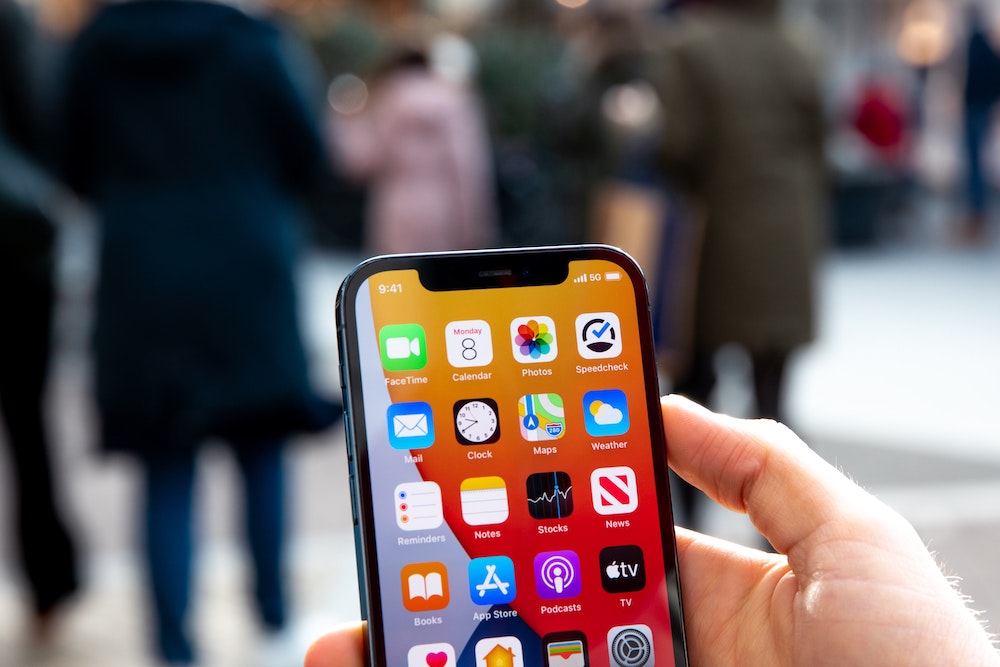Call us today (02) 9416 0477
If you’ve heard a lot of buzz about “5G” networks in Australia, you’re not alone. But you may be a bit confused about 5G. What is it? Is it truly a revolutionary technology? Will it replace the NBN and traditional internet connections?
In this article from Connek, we’ll take a look at all the details you need to know about 5G in Australia. Read on, and get all the information that you’ll need to prepare for the launch of 5G in Australia.
“5G” is an umbrella marketing term for the fifth generation of mobile networks. You may remember 3G from the early days of smartphones, and 4G (or “LTE” as it’s commonly known) which launched a few years later and provided even faster speeds and lower latency than 3G.
5G is simply the next evolution of mobile network standards. The 5G standard, which is upheld by the 3GPP, outlines a mobile network with much higher speeds of up to 10 Gbps (gigabytes per second) and much lower latencies (response times) compared to current 4G/LTE standards.
5G will operate just like 4G and other network signals using radio waves. However, it will operate at much higher frequencies. 5G is anticipated to use frequencies of between 1Ghz and 300Ghz. For comparison the most commonly-used wavelength band for 4G in Australia is 700MHz.
At first, 5G in Australia will operate around 3.6GHz, with higher bandwidths (known as “millimetre wave” bands) becoming auctioned off in the future as 5G mobile networks continue to grow.
To use 5G networks, though, consumers will need special phones that are 5G-ready, like the Samsung Galaxy S10 5G. Notably, some major companies like Apple have not yet announced 5G compatibility – the recently-announced iPhone 11 lacks 5G support.
At first, the changes are likely to be minimal. 4G networks and even 3G networks will continue to be used alongside 5G, as adoption grows and more people purchase phones and networking equipment that is compatible with 5G. It’s likely that 3G and 4G networks will run for years in the future, too.
However, there will be some key changes. 5G will be much faster than 4G, and some people think that 5G may even be able to replace traditional land-based internet connections because it will be so much faster and more reliable.
5G is also likely to affect the “internet of things.” The high bandwidth and reliable connectivity of 5G will allow for more advanced connected technologies – and is thought to be one of the keys to new innovations like self-driving cars and “smart cities.” 5G will also help enhance machine-to-machine communications in industries like agriculture, machining & manufacturing, logistics and more.

The beginning of 5G adoption is already beginning in Australia, but it’s not very widespread yet. Some telcos like Telstra and Optus have already launched limited rollouts of 5G mobile and broadband technology, with industry giant Vodafone expected to follow sometime in 2020.
To use 5G networks, though, consumers will need special phones that are 5G-ready, like the Samsung Galaxy S10 5G. Notably, some major companies like Apple have not yet announced 5G compatibility – the recently-announced iPhone 11 lacks 5G support.
So, while businesses and industrial companies may begin using 5G relatively soon, widespread adoption is probably a few years off for most day-to-day users. In the coming months and years, though, we expect more companies to begin introducing 5G-capable handsets and other devices that use 5G technology.
5G adoption may still be a little while away in Australia, but the fundamentals of the underlying technology are already sound. All that we need to do now is wait as telcos and electronics manufacturers begin to adapt – and develop the networks and devices that we need to take advantage of the speed and reliability of the 5G standard.
